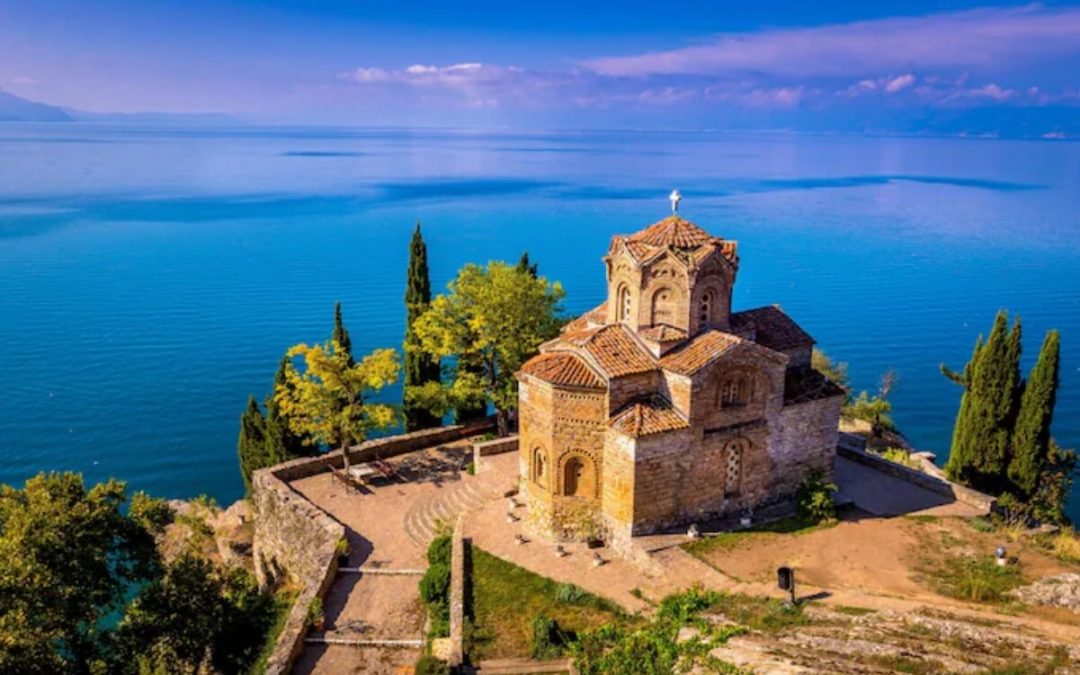Welcome to Min-On’s Music Journey! Today, the Min-On Concert Association and the Embassy of the Republic of North Macedonia in Japan welcome you to North Macedonia, located in the center of the Balkan Peninsula.
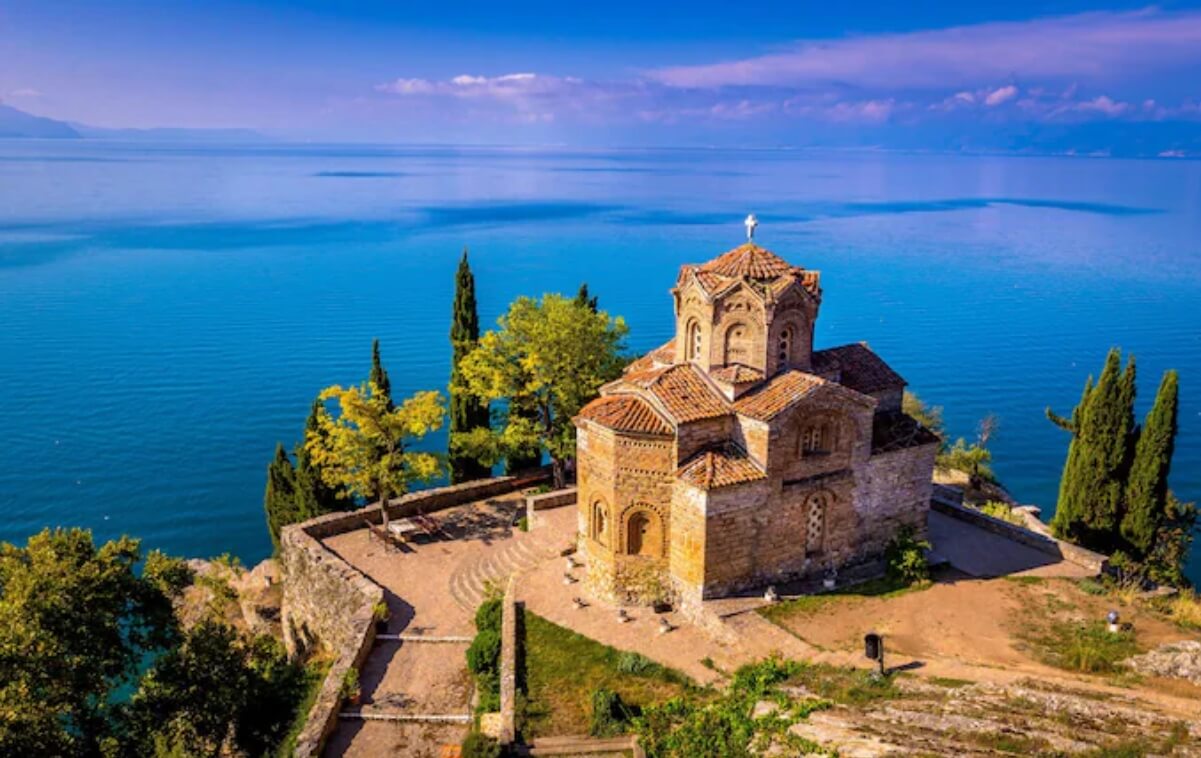
North Macedonia, where highlands occupy a large part of the country, also overlaps with parts of many ancient kingdoms, including the Kingdom of Macedonia, Roman and Byzantine, and this land has a long history dating back to before the birth of Christ.
This year is the 30th anniversary of the establishment of diplomatic relations between North Macedonia and Japan. In celebration, we would like to begin with a message from the Chargé d’Affaires ad interim.
Presented by Chargé d’Affaires ad interim Mr. Aleksandar Popovski of the Embassy of the Republic of North Macedonia in Japan
| Travel guide for North Macedonia
・Take a photo in front of the numerous bronze statues in the city square representing the long history and cultural heritage of the country ・Come see the spectacular scenery of Lake Ohrid ・Listen to the sounds of traditional Macedonian musical instruments |
Below, please enjoy a performance by Dumardija, a group of leading Macedonian musicians performing VO VLASHKOTO MAALO from the 2018 Min-On Lecture Concert. Enjoy the lilting melodies and gentle tones of the traditional instruments featured.
The peace-loving people of North Macedonia
North Macedonia is known for being the only country in the former Yugoslavia that did not participate in the Yugoslav Wars, instead achieving independence through a referendum while resolving issues with its neighbors through dialogue and diplomacy. The country is praised worldwide for its “peace-loving people.”

The Macedonian capital, Skopje, is known as the birthplace of Mother Teresa. Upon receiving the Nobel Peace Prize in 1979, she was asked by an interviewer, “What should we do to bring peace to the whole world?” She responded by saying:
| “Go home and love your family.” – Mother Teresa |
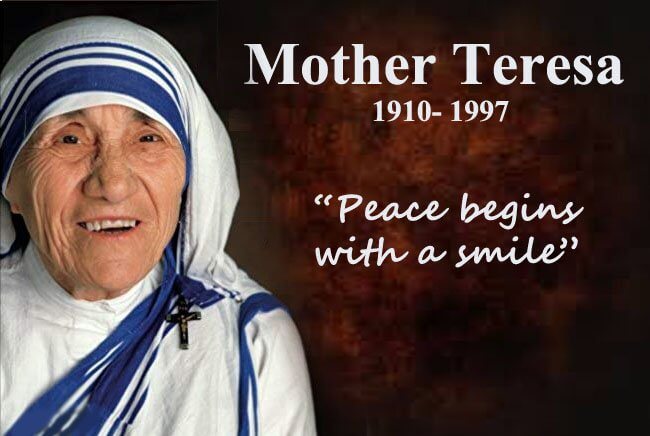
As these words suggest, the people of North Macedonia are overflowing with hospitality and value time spent with family above all else. The belief that taking care of your neighbors is the first step toward world peace is firmly rooted in the minds of Macedonians.
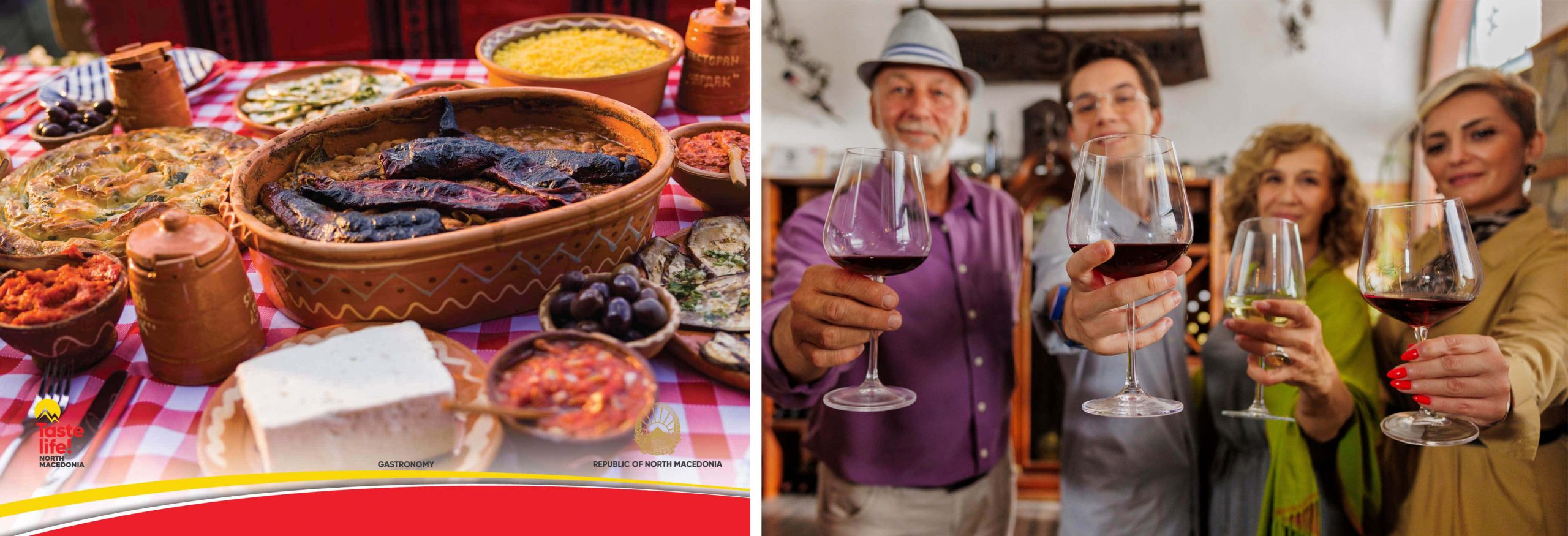
Living history in Skopje, once part of the Ottoman Empire
The capital Skopje, home to around one-third of the population and the political, economic and cultural heart of North Macedonia, is also a very attractive tourist destination with its picturesque, unspoiled cityscapes that resemble a fantasy wonderland.
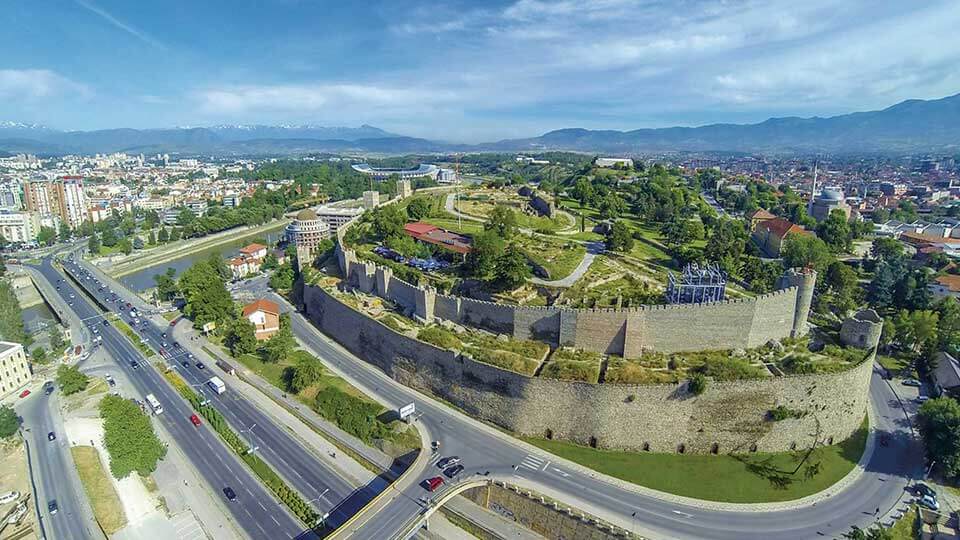
New Skopje
At the heart of the new city lies Macedonia Square, home to a massive “Warrior on a horse” bronze statue. Many other statues have been erected throughout the city, providing popular photo opportunities for tourists.
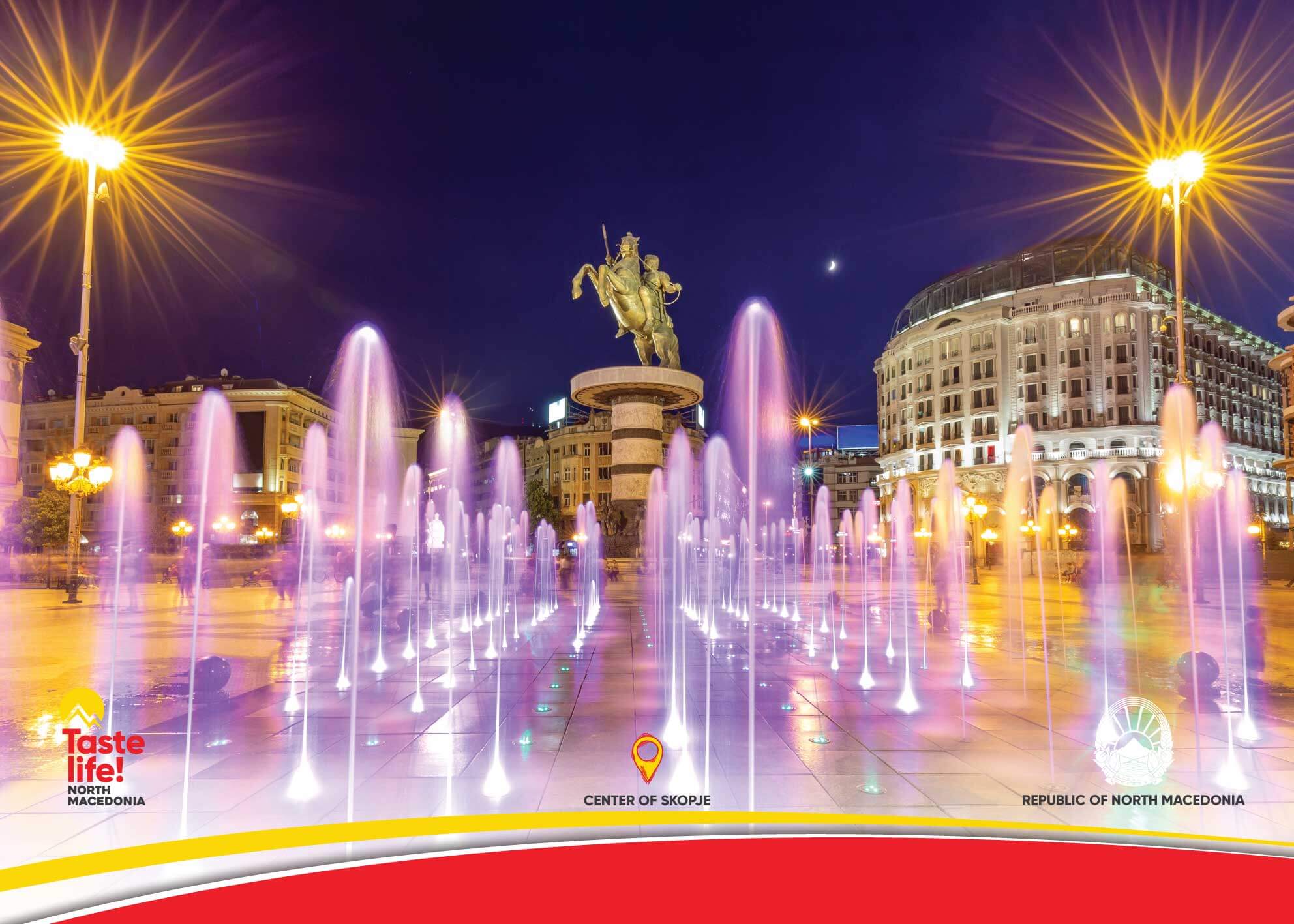
There are a number of points of interest within a few minutes’ walk of Macedonia Square, including the Memorial House of Mother Teresa.
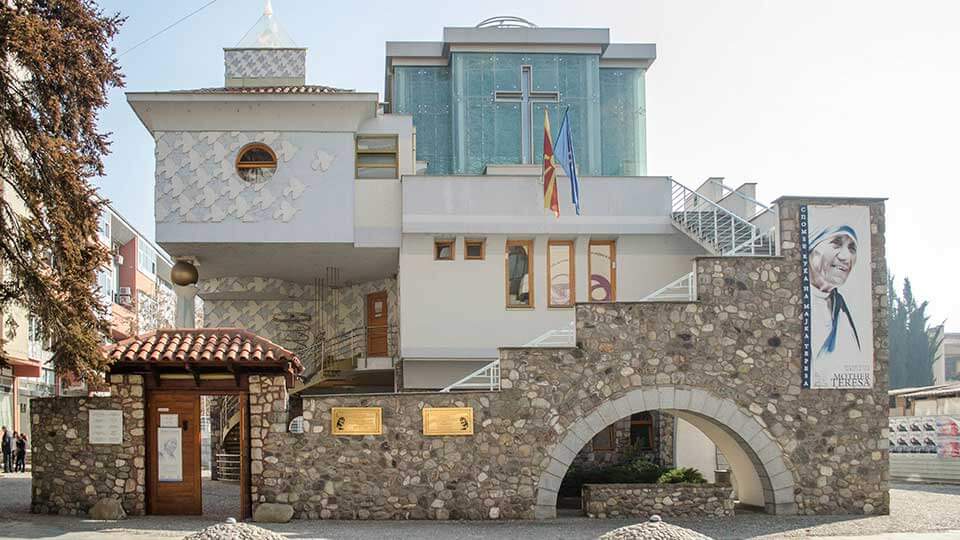
Ancient Skopje
To get to Old Town, otherwise known as Skopje Bazaar, walk toward the Vardar River and cross the historic Stone Bridge, which was built in the 15th century. The Ottoman history of the bazaar is evidenced by the mosques, caravanserai (merchants’ inns), hammam (traditional bathhouses) and other buildings and monuments that remain in this quarter of the city, a place that feels like a trip back in time.
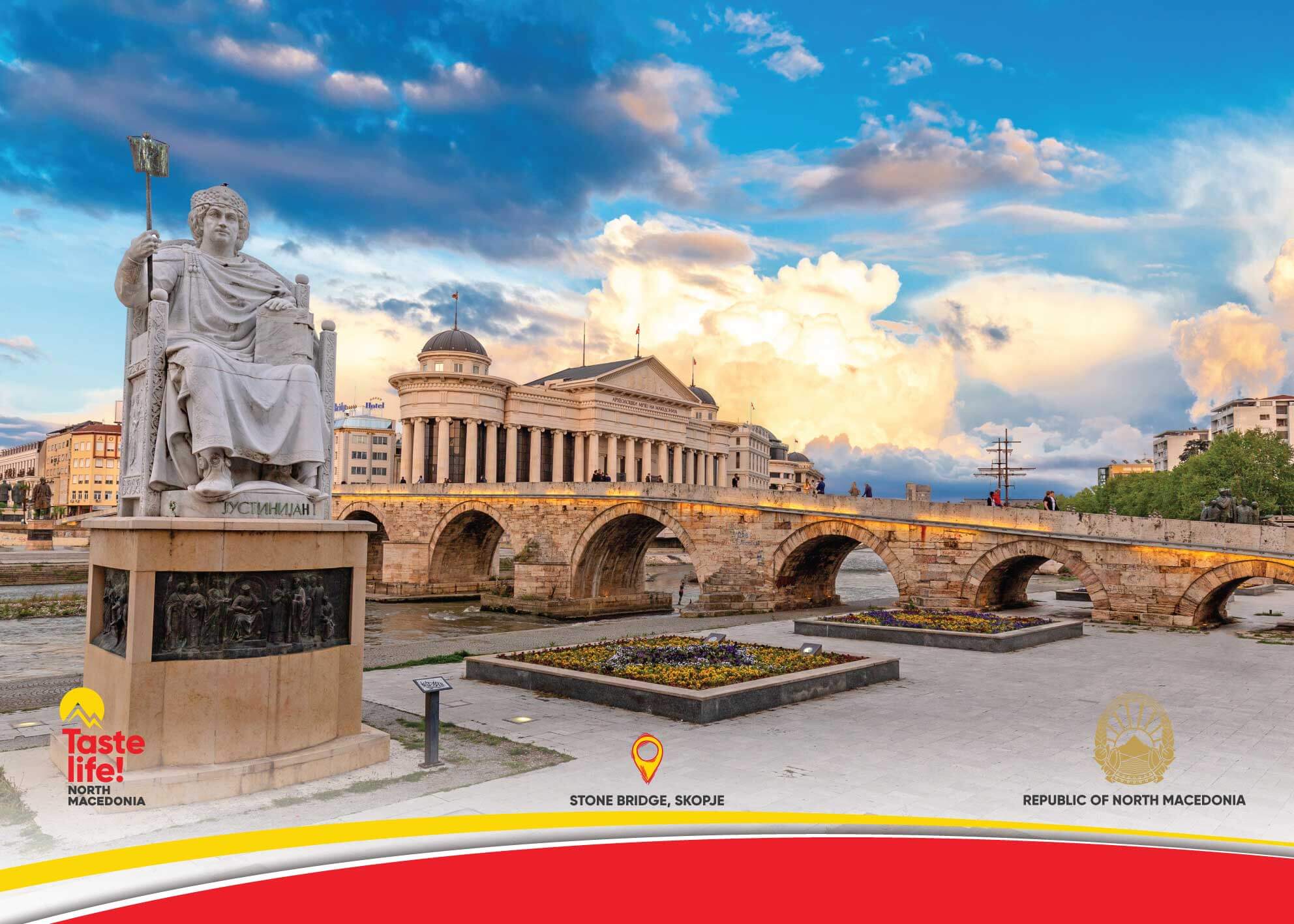
Lake Ohrid – Pearl of the Balkans
A three-hour bus ride southwest from Skopje leads to Lake Ohrid, the most popular tourist destination in North Macedonia. Located on the border with Albania, Ohrid is the largest ancient lake in Europe, and with the arrival of Christianity at the end of the 3rd century, the entire region prospered as a center of culture and religion.
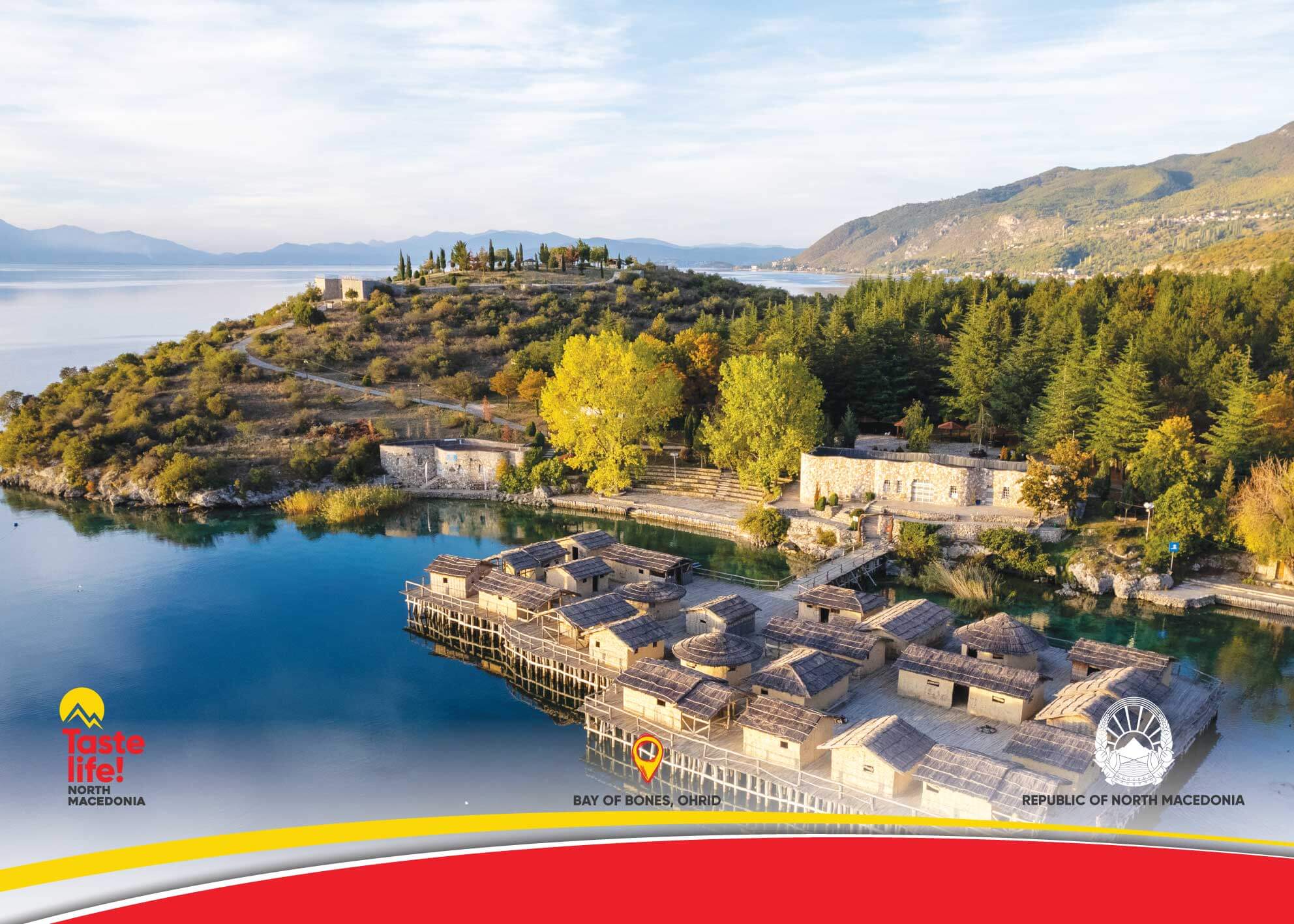
The three hundred and sixty-five churches (one for each day of the year) that remain along the lakeshore blend with the majestic mountain scenery to create an almost otherworldly beauty here. The Ohrid region is also one of the few areas included on the UNESCO World Heritage List as a mixed heritage site containing elements of both natural and cultural significance.
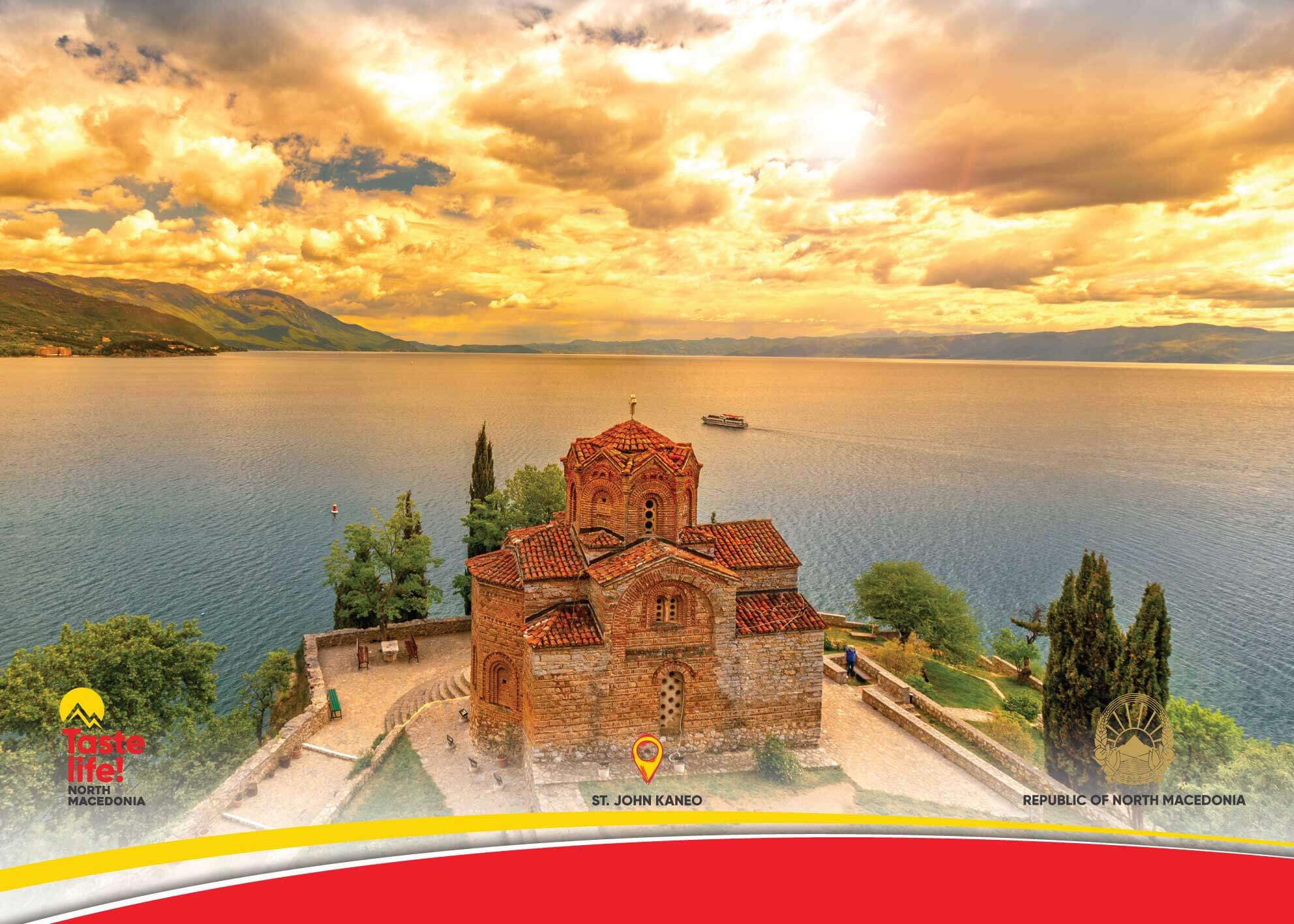
Macedonian art and culture
North Macedonia has a rich artistic culture that spans centuries.
Traditional costumes
Macedonian national costumes evolved from a fusion of elements from ancient Balkan, Slavic and Oriental cultures. Some seventy different national costumes exist, varying by region, but all are characterized by the use of three colors (red, black and white) and geometric motifs.
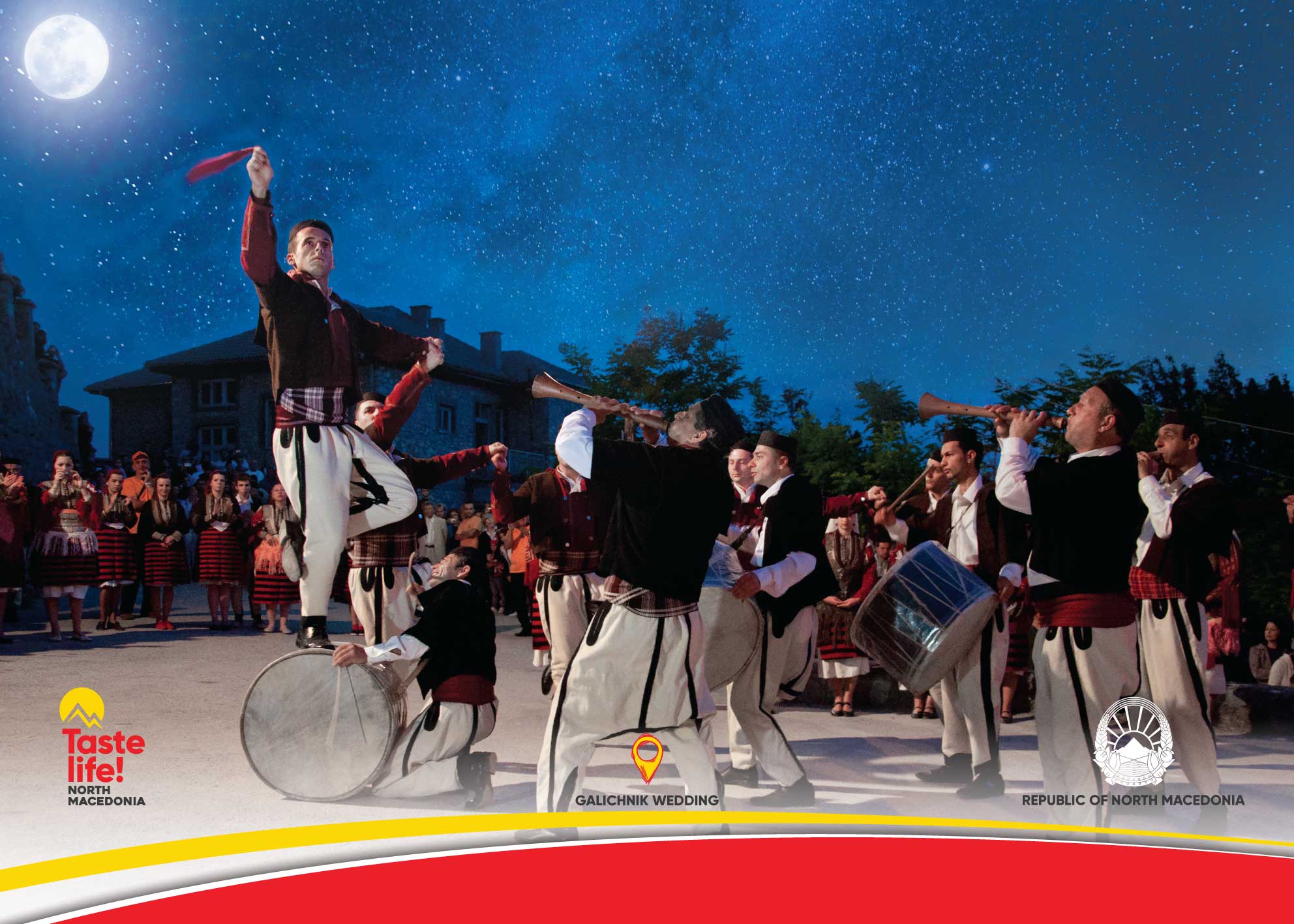
Folk dance – traditional Macedonian Oro
Oro is a traditional dance in North Macedonia in which a group of people form a circle, hold hands and dance to traditional songs. Although there are many versions of the Oro, this is a national dance that performed at weddings and on other festive occasions, and it is said that everyone in North Macedonia knows at least the basic steps.

Below, please enjoy the Macedonian folk dance “Teshkoto.” This dance represents the hard life of people from the region. Its origins come from the period when locals were leaving their motherland to go out of the country for a better life, but over the years it has also grown as a symbol for all the pain caused in the region in the past.
A musical culture nurtured at the crossroads of East and West
As an important geographical crossroads between East and West, North Macedonia has nurtured a unique musical culture through exchange between civilizations. Perhaps because the music fuses the essences of many diverse cultures, the sounds of the instruments and the melodies of the songs create feelings of nostalgia, even when hearing them for the first time.
The following traditional instruments can be found in the Min-On Music Museum.
| Šupelka (flute) | Resembling a recorder, the instrument is carved and has six finger holes. |
| Gusla | A fretless stringed instrument with a round body and sheepskin covering. It is said to be the only remaining stringed instrument in Eastern Europe. |
| Gajda (bagpipe) | The Balkan region’s version of the bagpipe, this instrument is played by inflating a bag made of sheepskin with air. |
Below, please see a performance of VO NASHE SELO, once again performed by Dumardija.
Musicians recommended by the Embassy of the Republic of North Macedonia in Japan
In closing, we would like to introduce musicians recommended by the Embassy of the Republic of North Macedonia in Japan.
- Kilometri-Vlatko Lozanoski Lozano
- Tesko Bez Tebe-Tamara Todevska
- Raspukala Sar Planina-Leb I Sol
What did you think of your music journey to North Macedonia? There are still many more places to go! Please look forward to our next destination.
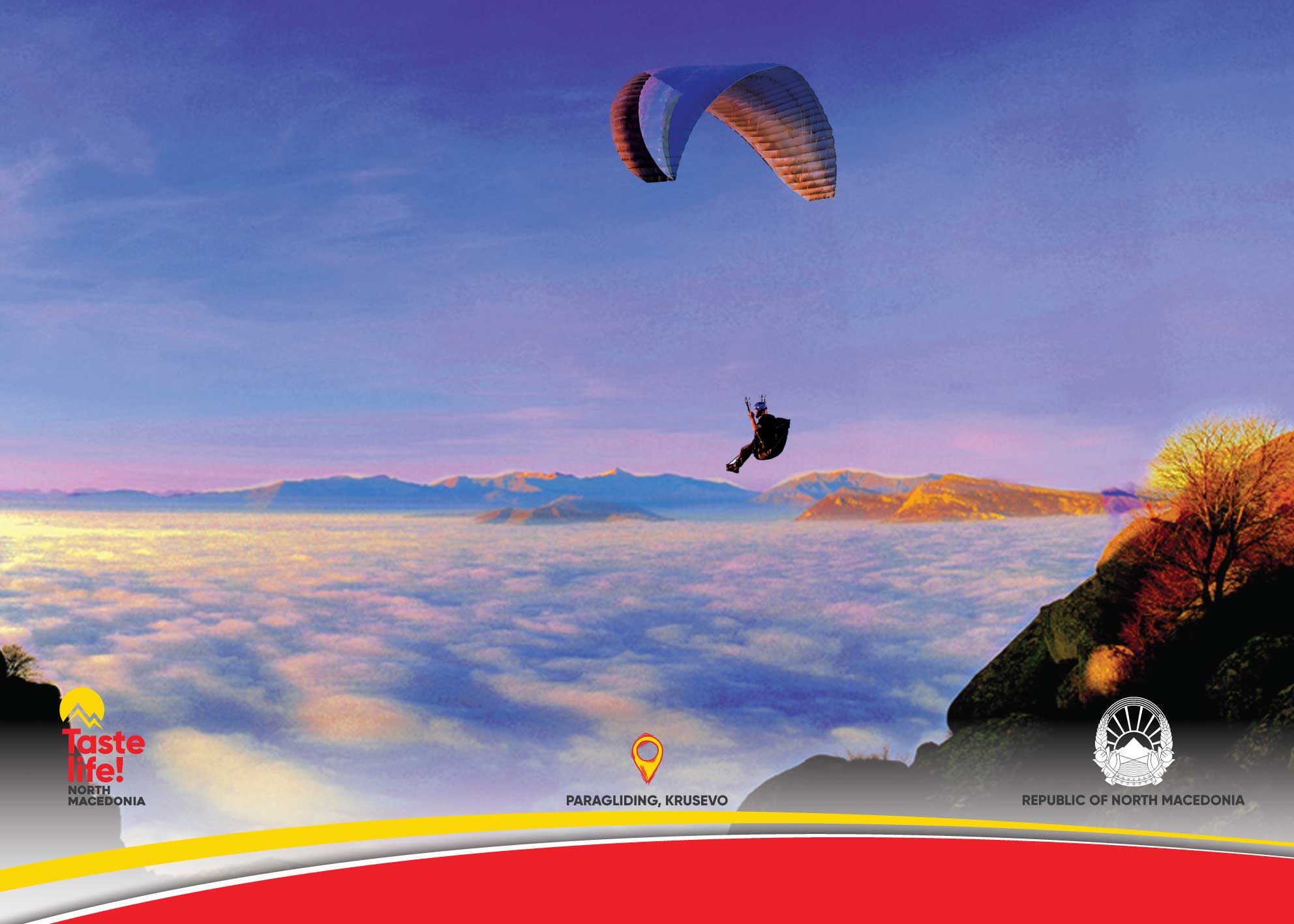
(Produced in collaboration with the Embassy of the Republic of North Macedonia in Japan.)
Min-On Concert Association
-Music Binds Our Hearts-


